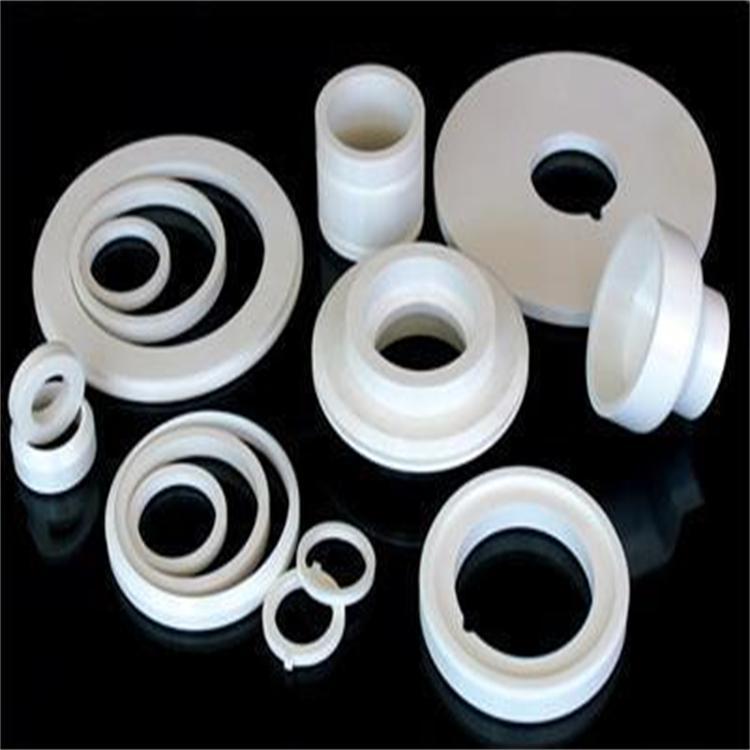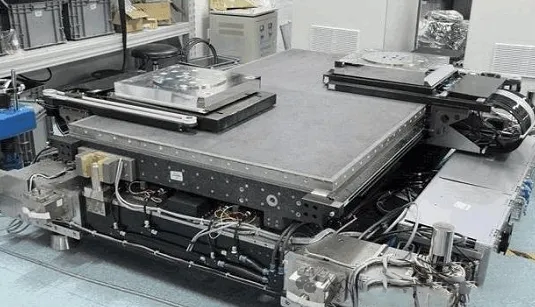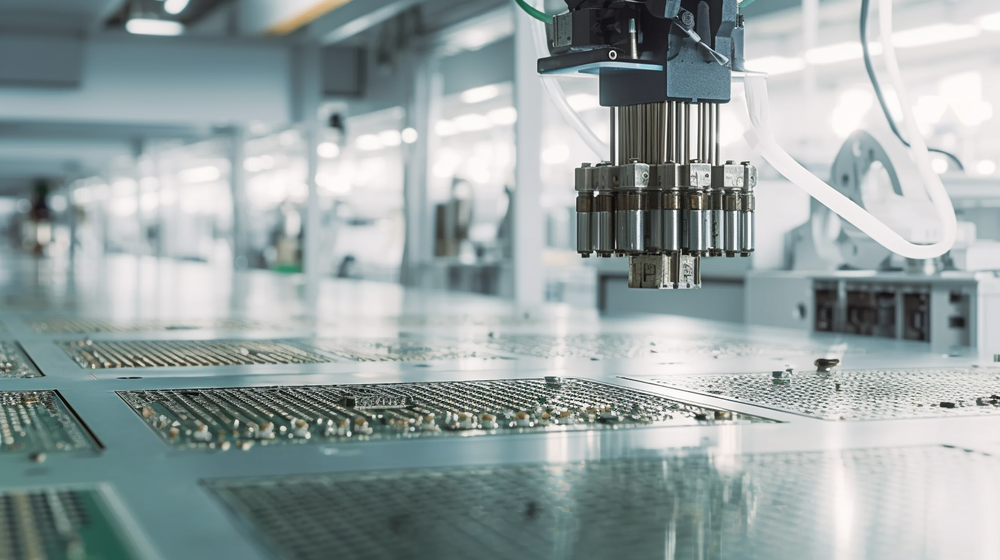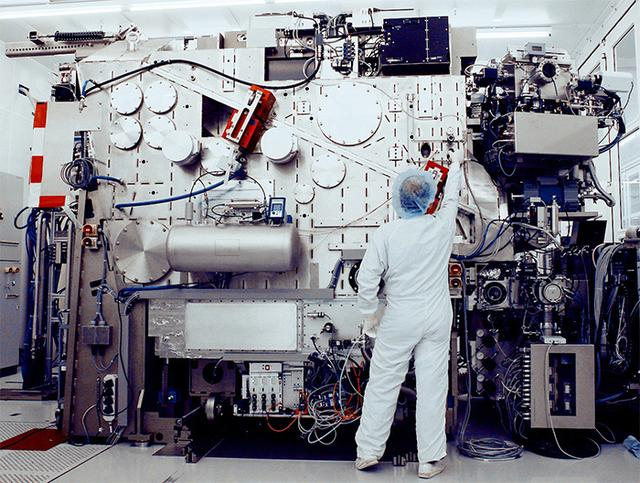Manufacturing process of Alumina ceramics
Alumina ceramics have good conductivity, mechanical strength and high temperature resistance. It should be noted that ultrasonic washing is required. Alumina ceramics is a kind of widely used ceramics, because of its superior performance, the application in modern society has been more and more widely, to meet the needs of daily use and special performance.
Alumina ceramics are divided into high purity type and ordinary type:
High purity alumina ceramic series Al2O3 content of more than 99.9% of the ceramic material, due to its sintering temperature as high as 1650-1990 ℃, transmission wavelength of 1 ~ 6μm, generally made of molten glass to replace platinum crucible; Use its light transmission and alkali metal corrosion resistance as sodium lamp tube; It can be used as integrated circuit board and high frequency insulation material in the electronics industry.
Ordinary alumina ceramics are divided into 99 porcelain, 95 porcelain, 90 porcelain, 85 porcelain according to the Al2O3 content, and sometimes the Al2O3 is also classified as ordinary alumina ceramics series with 80% or 75% content. Among them, 99 alumina porcelain materials are used to make high temperature crucible, refractory furnace pipe and special wear-resistant materials, such as ceramic bearings, ceramic seals and water valves piece; 95 alumina porcelain is mainly used as corrosion resistance and wear resistance parts; 85 porcelain is often mixed with talc to improve the electrical properties and mechanical strength, and can be sealed with molybdenum, niobium, tantalum metals, and some are used as electric vacuum devices. Powder preparation aluminum oxide powder is prepared into powder material according to different product requirements and different molding processes. The particle size of the powder is below 1μm, if the manufacture of high-purity alumina ceramic products in addition to the purity of alumina in 99.99%, but also need to ultrafine grinding and make its particle size distribution uniform.
When extrusion molding or injection molding is used, binders and plasticizers need to be introduced into the powder, generally thermoplastics or resins with a weight ratio of 10-30%. The organic binder should be evenly mixed with the alumina powder at 150-200 temperature to facilitate the molding operation. The powder material formed by hot pressing process does not need to add binder. If semi-automatic or automatic dry pressing molding is used, the powder has special process requirements, and it is necessary to use spray granulation method to treat the powder and make it appear spherical, so as to improve the fluidity of the powder and facilitate the automatic filling of the mold wall in the molding. In addition, in order to reduce the friction between the powder and the mold wall, it is necessary to add 1 to 2% of the lubricant, such as stearic acid, and the binder PVA. For dry press molding, powder spray granulation is required, in which polyvinyl alcohol is introduced as a binder
Fountyl Technologies PTE Ltd has developed a water-soluble paraffin wax for use as a binder for Al203 spray granulating, with excellent fluidity under heating. The powder after spraying granulation must have good fluidity, loose density, and flow Angle friction temperature less than 30℃. In order to obtain higher density of blank as the ratio of particle size is ideal.
Forming method: alumina ceramic products forming methods are dry pressing, grouting, extrusion, cold isostatic pressing, injection,curtain coating , hot pressing and hot isostatic pressing of various methods. In recent years, domestic and overseas have developed a pressing filtration forming, direct solidification injection molding, gel injection molding, centrifugal injection molding and solid free molding technology. Different product shapes, sizes, complex shapes and precision products require different molding methods.
Common molding introduction
1, Dry press molding: The dry press molding technology of alumina ceramics is limited to objects with simple shape and inner wall thickness of more than 1mm, and the ratio of length to diameter is not greater than 4:1. The molding methods are uniaxial or bidirectional. The press has two kinds of hydraulic type and mechanical type, which can be semi-automatic or automatic forming method. The maximum press pressure is 200Mpa. The output can reach 15 ~ 50 pieces per minute. Because of the uniform stroke pressure of the hydraulic press, the height of the pressing parts is different when the powder filling is different. The size of the pressure applied by the mechanical press varies due to the amount of powder filling, which is easy to lead to the difference in the size shrinkage after sintering and affect the quality of the product. Therefore, the uniform distribution of powder particles in the dry pressing process is very important for mold filling. Whether the filling amount is accurate or not has a great influence on the dimensional accuracy control of manufactured alumina ceramic parts. Powder particles with more than 60μm, between 60 ~ 200 mesh can obtain the maximum free flow effect, to achieve the best pressure molding effect.
2, Grouting molding method: grouting molding is the earliest molding method used for alumina ceramics. Due to the use of gypsum mold, the cost is low and it is easy to form large size and complex shape parts. The key of grouting molding is the preparation of alumina slurry. Usually water is used as the flux medium, and then the degumming agent and the binder are added, after full grinding, the gas is discharged, and then the plaster mold is poured backwards. Due to the absorption of water by the capillaries of the plaster mold, the slurry is solidified in the mold. In hollow grouting, the excess slurry should be poured out when the slurry adsorbed on the mold wall reaches the required thickness. In order to reduce the shrinkage of the body, high concentration slurry should be used as far as possible. Organic additives should also be added to the alumina ceramic slurry to form a double electric layer on the surface of the slurry particles so that the slurry is stably suspended without settling. In addition, binders such as vinyl alcohol, methyl cellulose, alginate amine and dispersants such as polyacrylamide and gum Arabic are added to make the slurry suitable for grouting molding operation. White, yellow or gray when containing impurities, generally containing HfO2, not easy to separate.













